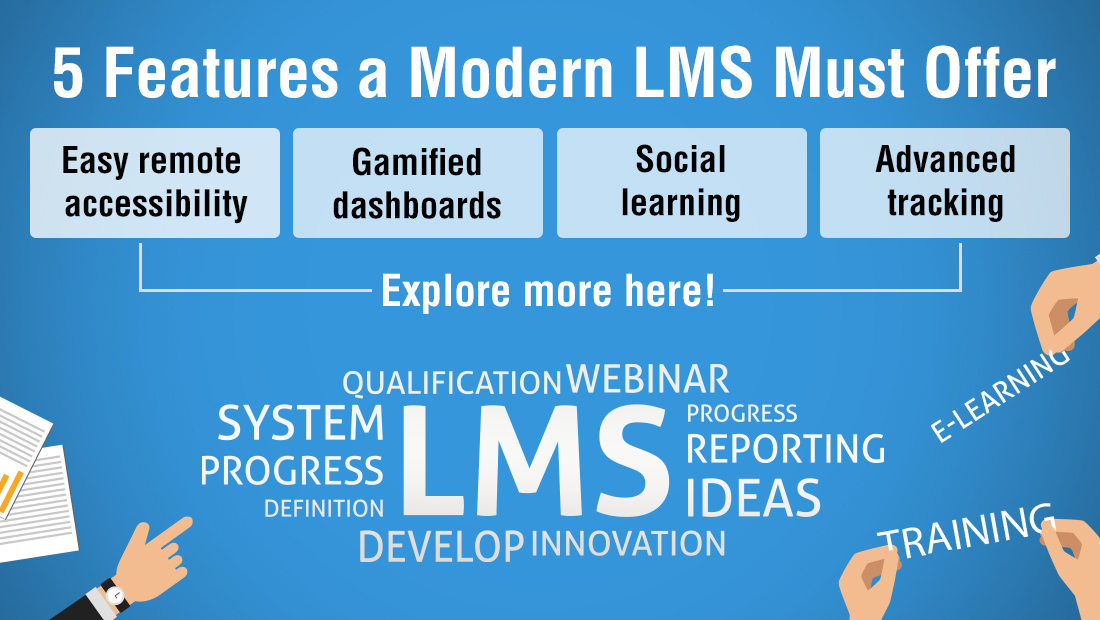Seven Simple Steps to Select the Right LMS Vendor

Learning Management Systems (LMSs) – powerful software tools that enable you to impart training effectively. These software applications allow you to host, manage, and track training programs in a hassle-free manner. They can be used to generate course-wise and user-wise reports, and evaluate the progress of the learner and the efficacy of the course. No wonder, the number of companies using LMSs is growing rapidly.
Are you too planning to buy an LMS? You need to follow a proven process to zero-in on the right vendor, who can meet your needs well. Here are the steps of the process.
Step 1: Come Up With a Request for Information (RFI)
Begin your LMS buying journey with an RFI. Make sure the RFI provides a clear description of your learning needs. Check out the useful post How To Create an LMS RFI Based On Your Company’s Needs to know more about what should go into the RFI.
Step 2: Assess the Responses of Various LMS Providers
After you create the RFI, send it with a due date to chosen firms, for their response. The responses of the LMS providers can be evaluated by allotting scores to each. Select the vendors who score high, and contact them for the next step — a demonstration of their product.
Step 3: Ask Vendors to Demonstrate Their LMSs
The demonstration of an LMS gives you an opportunity to find out how far the application can meet your training management needs. It is the perfect time to get all your queries about the suitability of the LMS, for your company, clarified.
Step 4: Request LMS Vendors for a Free Trial of Their Products
Don’t hesitate to ask LMS providers for a test drive of their applications. Ask them to provide the login credentials to sandboxes. This allows your team to gain practical insights into the systems. You can experience the software firsthand, and this enables you to determine whether the products meet your needs. For instance, if you intend to impart online training to your multilingual workforce, you need to make sure the LMS enables the delivery of training in the languages spoken by the staff members. You should also consider the scalability aspect of the LMS, as it is important to ensure that the application can cater to your future needs.
Step 5: Seek References of the Vendors’ Existing Clients
Talk to companies who are using the LMSs, under consideration, to get more insights into how it works. Existing customers can provide useful information about how the vendor responds to issues. This will help you narrow down the search for the right LMS provider.
Step 6: Check the Financial Health of the LMS Vendor
It is important that you partner with an LMS provider who has a solid financial background. Vendors with good cash flows can afford to conduct research and development, critical to the development of new, better versions of the product.
Step 7: Send a Request for Proposal (RFP) to Chosen Vendors
It is now time to send an RFP to shortlisted LMS providers. Compare their prices, delivery, and implementation schedules. You can negotiate, and once you are satisfied that every dollar you are going to invest on the LMS is worth-spending, you can ink a deal with its vendor.
The selection of the right LMS vendor plays a key role in meeting your training management needs effectively. By following the steps listed above, you can partner with an LMS provider who can give you the best value for your money. Hope you found the post useful. Do share your views.





